How to Safely Dispose of 99% Isopropyl Alcohol
Safely disposing of 99% isopropyl alcohol involves dilution, controlled evaporation, or taking it to a hazardous waste disposal facility. These methods minimize fire hazards, environmental impact, and health risks. Avoid pouring it undiluted into drains or improper ignition that can cause explosions.
Understanding the Nature of 99% Isopropyl Alcohol
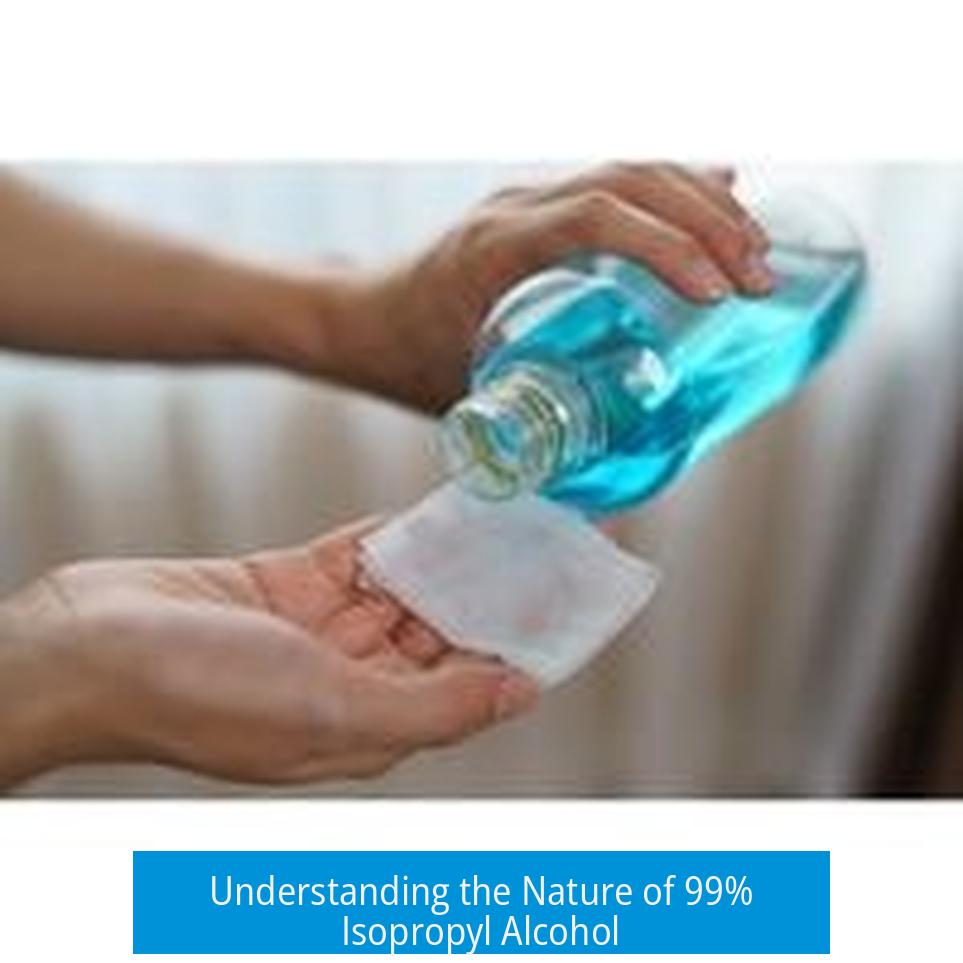
Isopropyl alcohol (IPA) at 99% concentration is a highly flammable liquid widely used in cleaning, disinfecting, and laboratory processes. Its strong evaporation rate and flammability require careful handling. Over time, it can form unstable peroxides, posing explosion risks if concentrated or misused.
Disposal by Dilution and Sink Drainage
Diluting to a Safer Concentration
Diluting 99% IPA to about 70-75% concentration reduces its flammability and toxicity. This level remains effective for disinfecting and cleaning. Adding half as much water (1 part water to 2 parts IPA) is a practical ratio. Once diluted, it can still be used as hand sanitizer or household cleaner, extending its utility.
Pouring Down the Sink Safely
- After dilution, pour the solution down the drain with plenty of running water to reduce vapor buildup.
- Keep the water running before, during, and for several minutes after pouring to help dilute and wash away the alcohol.
- Ensure no ignition sources such as open flames, sparks, or static electricity near the sink area.
While sink drainage is generally acceptable for small amounts diluted to 70%, caution remains necessary. There are reported incidents of explosions caused by flammable vapors in plumbing. Therefore, maintain ventilation and avoid confined spaces during disposal.
Evaporation as a Disposal Method
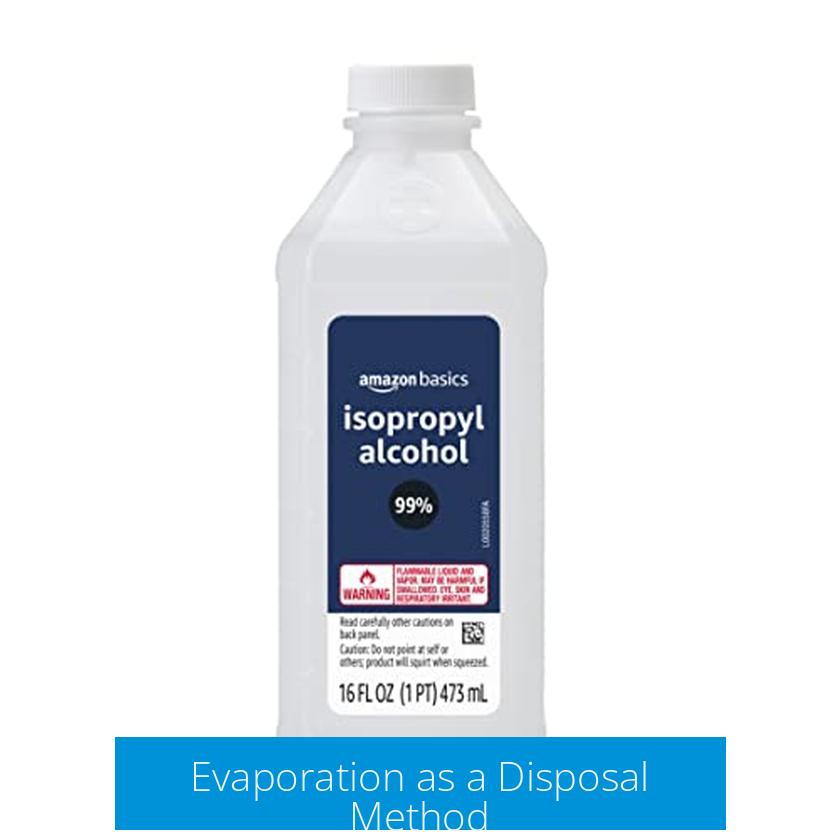
Process Details
Allowing 99% IPA to evaporate outdoors is often the safest disposal route for small quantities. The alcohol rapidly vaporizes when exposed to open air, especially on warm, dry days.
- Pour the IPA into a broad, shallow container like a baking dish to increase surface area.
- Place the container outside, away from flames, heat sources, and ignition points.
- Evaporation might take longer in colder weather but will eventually eliminate the liquid.
Safety Considerations
- Ensure the area is well ventilated to avoid vapor accumulation.
- Never leave containers open indoors without ventilation.
- Do not perform evaporation near open flames, sparks, or electrical devices.
Evaporation avoids introducing IPA into water systems and prevents chemical pollution. This method avoids risks associated with peroxide buildup that can happen during storage or concentration.
Repurposing and Safe Storage
Repurposing Uses
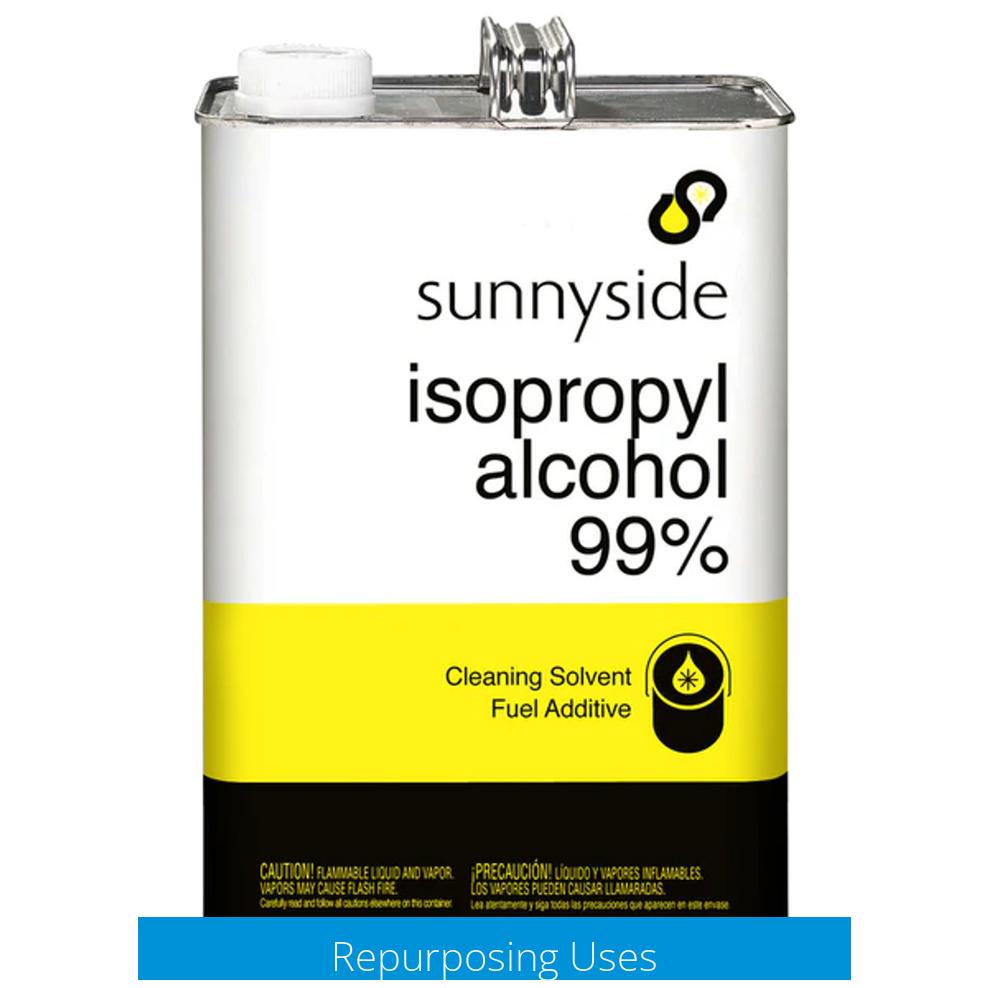
Before disposing of 99% IPA, consider repurposing it for:
- Cleaning electronic components, glass, or removing adhesives.
- Making diluted disinfectant sprays by mixing with water.
- Filling windshield washer fluid reservoirs, adding freezing point depression.
Using IPA instead of discarding it can be both economical and environmentally responsible.
Storage Recommendations
If disposal is not immediately necessary, store IPA by:
- Transferring it to a clearly labeled, tightly sealed container to avoid vapor leaks.
- Keeping it in a cool, well-ventilated area away from ignition sources.
- Checking storage containers periodically for damage or leaks.
Proper storage reduces the risk of fire, peroxide formation, and accidental exposure.
Fire Hazard and Handling Precautions
Flammability
99% IPA ignites easily and burns quickly. Handling and disposal should always account for this property.
Peroxide Formation Risk
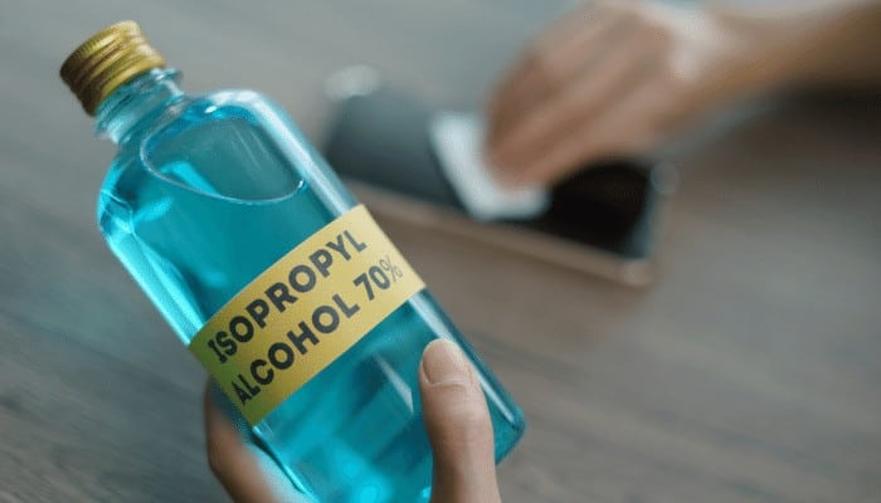
Over time and exposure to oxygen, high-purity IPA can form peroxides. These substances are chemically unstable and may detonate if the liquid is concentrated further, for example, by evaporation or distillation. Avoid concentrating residual IPA through these means.
Best Practices
- Dilute IPA before disposal to decrease peroxide risk.
- Do not expose high concentrations to air for long periods indoors.
- Never attempt to burn IPA indoors or near combustibles.
- Avoid open flames during disposal or evaporation.
Environmental and Legal Disposal Options
Household Hazardous Waste Facilities
Many communities offer special collection events or drop-off locations for household chemicals. Taking IPA to these sites ensures environmentally responsible disposal. These centers prevent pollution of water systems and soil.
Environmental Considerations
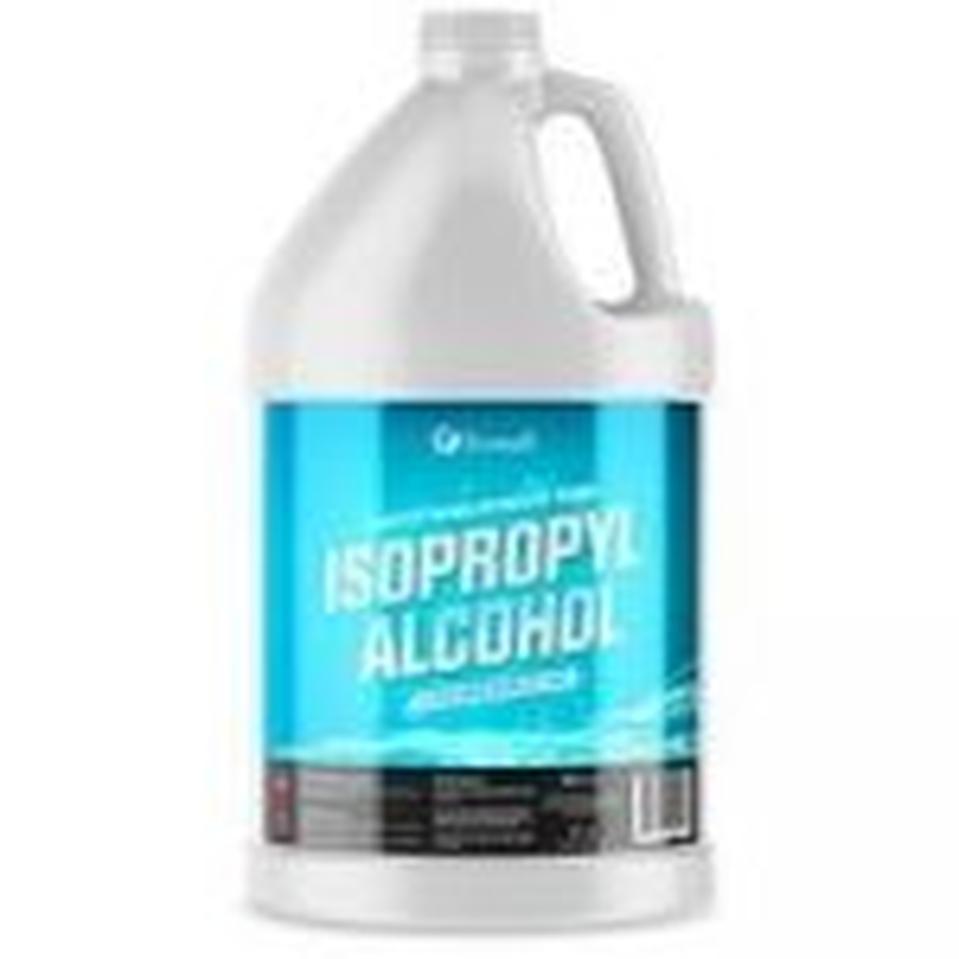
IPA is an antimicrobial and a volatile organic compound (VOC). Although small amounts pose limited environmental threat, disposing of large quantities directly can impact ecosystems and water quality.
Guidelines
- Check local government or municipal websites for household hazardous waste disposal programs.
- Transport IPA safely in sealed containers to authorized disposal facilities.
- Follow instructions provided by waste handlers regarding volumes and packaging.
Key Precautions and Myths
Common Misconceptions
- Pouring pure 99% IPA directly down the drain without dilution can be dangerous and is discouraged.
- Igniting IPA for disposal is unsafe and not recommended.
- Ingestion or use of IPA in human consumption contexts is unsafe and toxic.
Practical Advice

- Keep away from children and pets.
- Handle with gloves and use eye protection when necessary.
- Store away from sources of static electricity and ignition.
Summary of Safe Disposal Methods
- Dilute 99% IPA to 70-75% and use for cleaning or pour down the sink with ample water flow.
- Evaporate outdoors in a shallow container, away from ignition sources and in well-ventilated areas.
- Repurpose IPA wherever possible before disposal.
- Store properly in sealed, labeled containers to avoid peroxide buildup and fire risks.
- Dispose large quantities via designated hazardous waste facilities or community collection events.
- Avoid direct ignition, concentrated evaporation indoors, and ingestion.
How to Safely Dispose of 99% Isopropyl Alcohol: A Practical Guide
So, how do you safely dispose of 99% isopropyl alcohol? Simply put: dilute it, evaporate it safely, repurpose it, or turn to hazardous waste disposal. This might sound straightforward until you add flammable vapors, explosion risks, and environmental concerns into the mix. Let’s break down the most responsible, practical methods with a dash of caution and a sprinkle of humor—because handling pure alcohol shouldn’t be a boring, dull chore.
Isopropyl alcohol (IPA), especially in its 99% pure form, is powerful stuff. It cleans, disinfects, and even fuels some creative household solutions. But when that bottle outlives its usefulness, disposal needs care.
Dilution and Sink Drainage: The Classic-but-Tricky Option
If you find yourself staring at a nearly full bottle of 99% IPA and a bathroom sink, your first thought might be: “Pour it down the drain, right?” Not so fast. The generally recommended method is to dilute this fireball to about 70-75% with water first. This makes it safe enough to be used as hand sanitizer or a household cleaner rather than waste.
- How to dilute: Pour the IPA into another container, then add about half as much water (for example, 100ml of IPA with 50ml of water).
- After dilution, it’s much safer to pour down the sink—but still with running water and caution.
Warning: Pouring undiluted or lightly diluted 99% IPA directly down a drain can cause explosions. That’s right. Static electricity discharge can ignite the vapor trapped inside plumbing, making your sink a mini firework show nobody asked for. One user shares a family incident where a 70% rubbing alcohol bottle poured directly down the drain made them “freak out about explosions.” So, don’t do that.
Pro tip: Always keep the water running and stay away from any open flame for several minutes after disposal.
Evaporation: The Slow and Safe Goodbye
Can’t use or dilute it? Let evaporation do the heavy lifting. This method is simple: pour your IPA into a broad, shallow container like a baking dish, and set it outdoors in a well-ventilated area, far from flames or heat sources. Slowly, the alcohol will evaporate into harmless atmosphere (well, mostly harmless) over a few days.
It’s like watching your can of hard-to-get rid of liquid slowly disappear. Winter? Be warned: low temperatures slow down evaporation. Consider waiting for a warmer day or just be patient.
This approach avoids introducing flammable liquids into your plumbing system and is safer—but prepare for some waiting time. And please, no lighting matches nearby, no matter how tempting it might be to start “a cool fire.”
Repurpose and Store: Give Your IPA New Life
If you’re not ready to dump or evaporate your IPA, repurposing it is a smart move with multiple benefits. Electronics lovers rejoice—100% IPA is great for cleaning screens and removing stubborn residue without leaving streaks.
For disinfecting, dilute it to ~70% and use it as a spray cleaner or hand sanitizer. Label the new bottle clearly to avoid confusion and store it in your bathroom cabinet or under the kitchen sink. Trust me, your family will thank you for clear labeling.
Spraying sticky surfaces, cleaning glass, or mixing it into windshield washer fluid in winter can all extend the usefulness of your IPA bottle. I once ordered 99% and 70% IPA online and ended up mixing leftover batches for different household chores. No waste, no fuss.
Fire and Explosion Risks: Handle with Care
Never forget: 99% IPA is highly flammable. Your house might already have multiple fire hazards, but IPA sure doesn’t need to add to the party. Mishandling can cause fire or explosion hazards, especially if peroxides form over time.
Yes, 99% IPA can form unstable peroxide compounds when exposed to air for long periods, increasing the risk of explosions. This mainly occurs if it’s stored improperly or concentrates through evaporation or distillation.
Here’s a three-step checklist to stay safe:
- Dilute the IPA with water (better 1:1) to reduce flammability.
- Dispose or evaporate it outside, away from any flame sources or anything flammable.
- Preferably do this on a rainy day or a humid environment to speed up evaporation safely.
Feeling tempted to “put it on the ground and light a match”? Don’t. Unless you’re in a controlled lab setting or have a few fireproof friends with fire extinguishers ready, this is a firm “no.”
Environmental and Legal Disposal Options: When in Doubt, Drop It Off
For larger volumes or if you’re nervous about home disposal, take IPA to a hazardous household waste collection event. Communities often host drop-off sites for chemicals, paint, and even old chemistry sets. This is not just safe, it’s responsible environmental citizenship.
Remember, isopropyl alcohol, while not a major greenhouse gas, can have antimicrobial effects that upset local ecosystems if dumped carelessly. Your local waste disposal center has rules and facilities to handle it properly.
Funny But True Anecdotes
One user bought a gallon of cheap IPA online but only needed half a cup. Their solution? Add it to winter windshield washer fluid. Brilliant and eco-friendly. Another mentioned that “if it’s really clean and dry, throw it in the gas tank.” While that’s… creative, leave fueling to experts.
Apart from amusing slang suggestions like “boof it” (definitely not endorsed), the consensus is clear: don’t drink IPA—no matter how good it smells—or handle it recklessly.
Summary: Best Practices to Nail IPA Disposal
- Dilute it to about 70% and pour down the sink with plenty of running water. Use caution, avoid open flames, and don’t pour undiluted IPA.
- Evaporate it outdoors in the open air away from ignition sources. This is slow but safer for the environment.
- Repurpose for household cleaning and disinfecting. Transfer to labeled bottles and store safely.
- Avoid peroxide formation by proper storage and don’t let it concentrate via evaporation or distillation.
- For large quantities or uncertainty, use hazardous waste disposal services.
- Never drink or ignite IPA irresponsibly. Your health and home will thank you.
Handling 99% isopropyl alcohol might sound intense, but with careful steps, it’s a manageable chore. Next time you stare at that stubborn bottle, remember: dilute, evaporate, repurpose, or dispose responsibly. Your pipes, environment, and family will appreciate your smarty-pants approach.
Got any other wild IPA stories or tips? Share ‘em below! Just keep the matches away from the keyboard, please.
How can I safely dispose of 99% isopropyl alcohol by dilution?
Mix it with water to reduce concentration to about 70%. This diluted alcohol can be reused for cleaning or hand sanitizer. Pouring it down the sink with running water after dilution is generally accepted.
Is it safe to pour 99% isopropyl alcohol directly down the drain?
Pouring pure 99% IPA down the drain is risky due to flammable vapors. If you do, keep water running to dilute vapors and avoid ignition sources nearby. Allow some time after pouring before using any flame.
Can I dispose of 99% isopropyl alcohol by evaporation?
Yes. Pour the alcohol in a wide, open container outside in a well-ventilated area away from flames. It will evaporate over time, more slowly in cold weather, leaving mostly water behind.
What precautions should I take when evaporating isopropyl alcohol?
Use a well-ventilated place, keep the container away from heat and open flames, and allow several days for full evaporation. Avoid indoor evaporation to reduce inhalation risk and fire hazards.
Are there proper methods for disposing of leftover 99% isopropyl alcohol if I don’t want to use it?
Many communities have household hazardous waste collection events where you can drop off chemical products like IPA. Check local guidelines to dispose of it safely without environmental harm.
Why should high concentration isopropyl alcohol be handled carefully when disposing?
99% IPA can form unstable peroxides and is highly flammable. Proper dilution, ventilation, and storage reduce risks of explosion and fire during disposal.


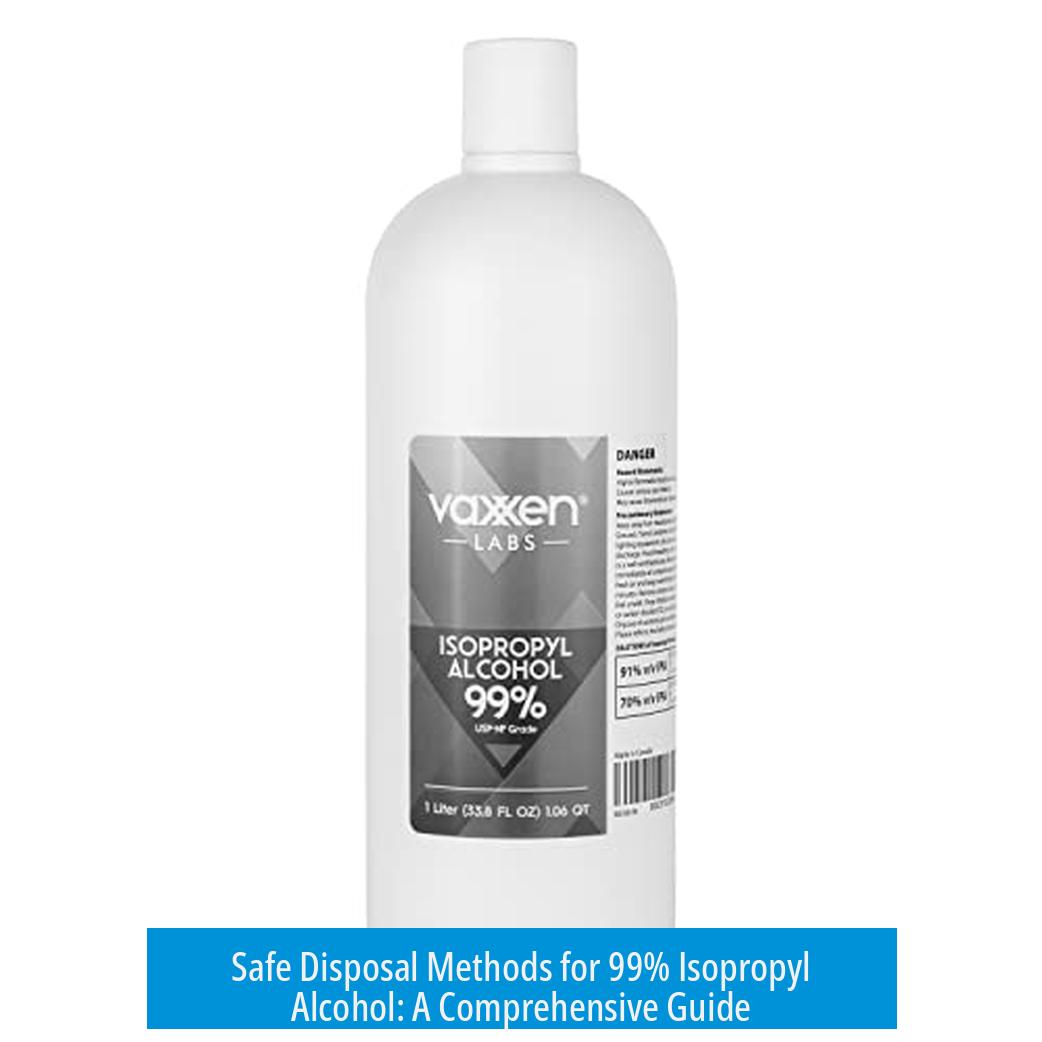
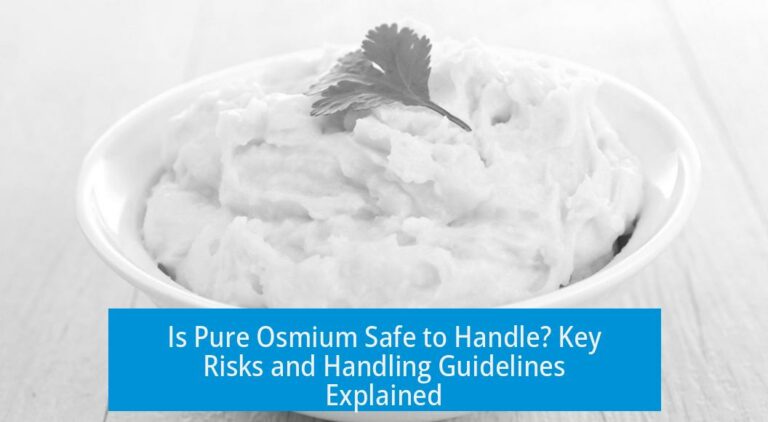

Leave a Comment